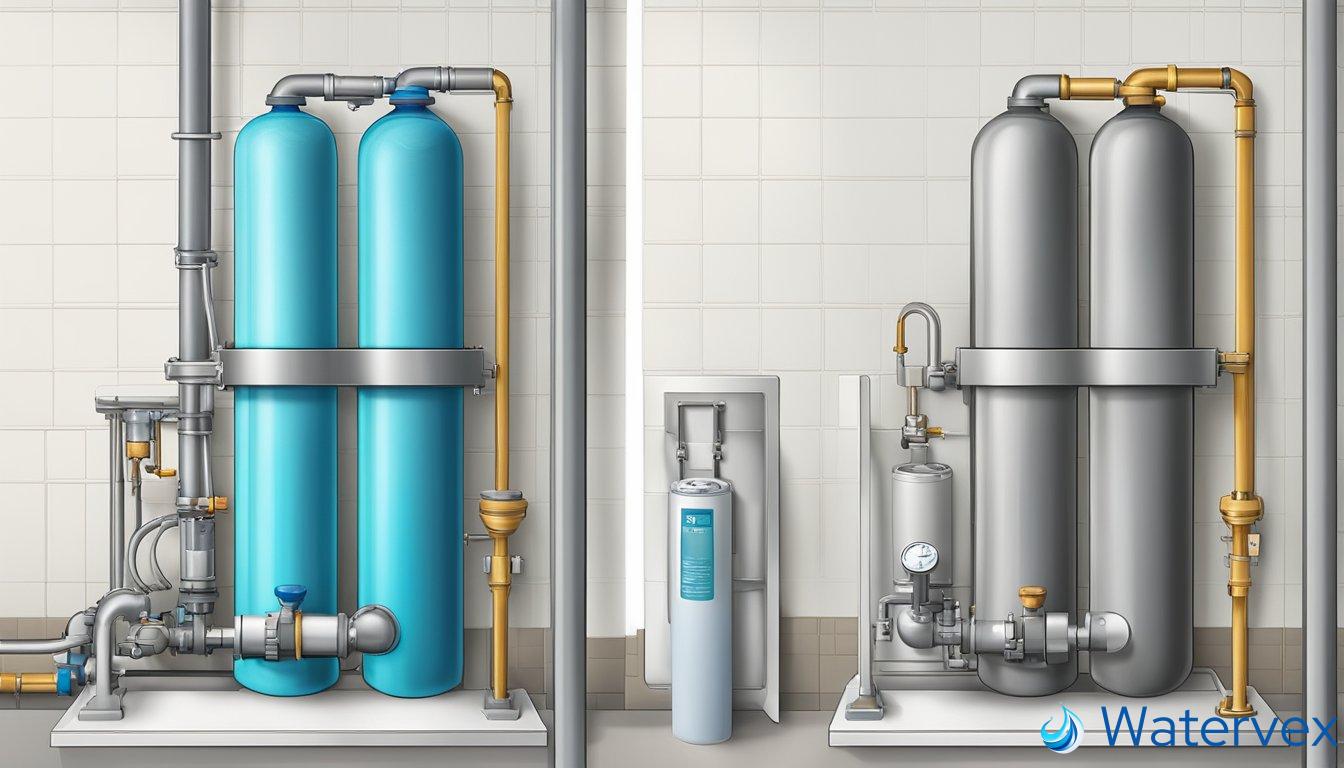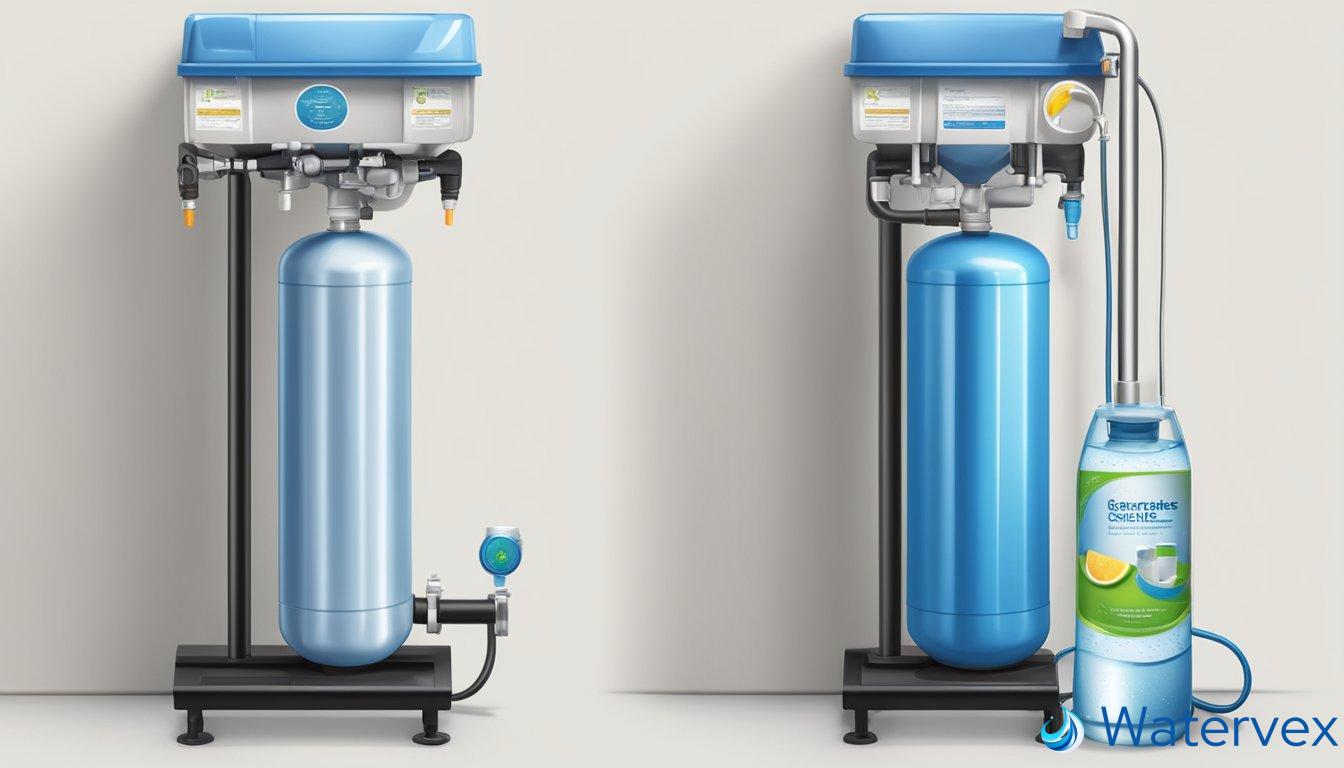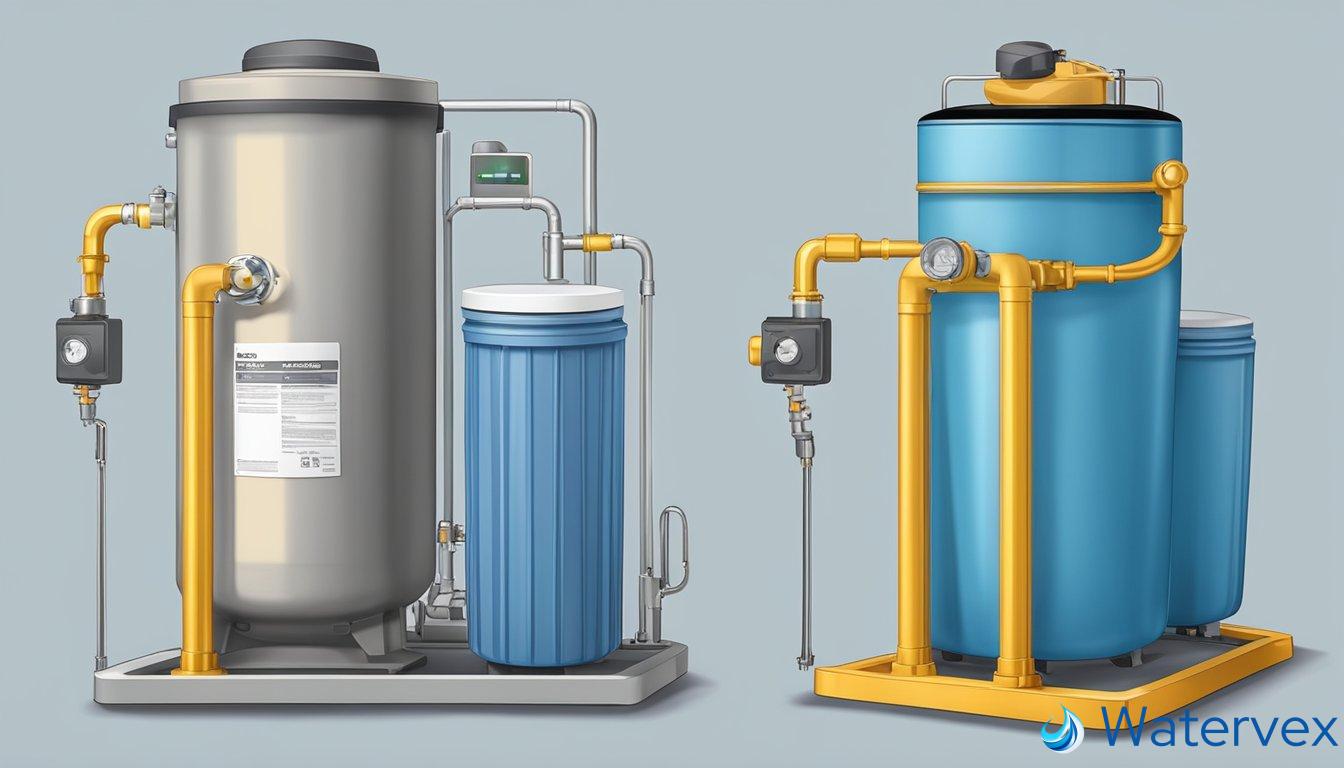When dealing with hard water, homeowners often ponder whether a water softener or a descaler is the right solution for their household needs. Hard water contains high levels of minerals like calcium and magnesium, which can lead to scale buildup in pipes and appliances, while also affecting the water quality. A water softener actively removes these minerals from the water, converting hard water into soft water, which is gentler on appliances and can improve soap efficiency. In contrast, a descaler doesn’t remove the minerals but alters their form so they are less likely to adhere to surfaces, mitigating the scaling effect without changing the mineral content of the water.

The choice between these two systems can dramatically affect water quality and maintenance routines in your home. Water softeners often require a certain amount of space and regular replenishment of salt, affecting both upfront and ongoing costs. Descalers, on the other hand, typically offer a more compact, lower-maintenance solution. However, because they work differently, the impact on water quality will vary, with softeners generally providing a more noticeable change in the feel and taste of the treated water.
Key Takeaways
- Water softeners remove minerals from hard water, creating soft water and preventing scale.
- Descalers change mineral structure to prevent scaling without removing minerals.
- Choice between the two affects water quality, maintenance, and household costs.
Understanding Water Softeners
When dealing with hard water, water softeners are a common fixture in homes like yours. These devices are designed to reduce the concentration of calcium and magnesium minerals that contribute to the hardness of water. A salt-based water softener operates using a process known as ion exchange.
In a nutshell, water softeners swap out calcium and magnesium ions with sodium or potassium ions. This exchange happens within the resin bed of the water softener’s tank. As your water flows through, the negatively charged resin beads attract and hold onto the mineral deposits. In turn, they release softer ions, typically sodium, into the water.
The grains per gallon measure indicates your water’s hardness level and helps determine the water softener capacity you need. Over time, the resin bed becomes saturated and must undergo regeneration. During this cycle, high-concentration brine from the brine tank flows through the resin tank to cleanse and recharge the beads, flushing the hard minerals away.
Regeneration frequency depends on several factors such as your water hardness level, your family’s water consumption, and the softener’s capacity. As a two-tank system, a salt-based water softener consists of a resin tank and a brine tank. The system regenerates usually at night to ensure an uninterrupted supply of softened water during the day.
It’s different from a water descaler, which doesn’t remove minerals from water but alters their properties to prevent scale. The choice between a water softener vs descaler often depends on your specific needs regarding water quality, dietary considerations, and appliance longevity.
Exploring Descalers

Descalers have become a necessary component in maintaining the quality of water in homes. They combat the negative effects of mineral buildup without removing essential minerals.
How Descalers Work
Descalers manage water quality through a process that alters the structure of hardness minerals. Magnetic descalers, for instance, utilize a magnetic field to change how minerals behave, preventing them from sticking and crystallizing on surfaces. Another technology, TAC (template-assisted crystallization) descalers, transform dissolved minerals into harmless microscopic crystals. Unlike traditional water softeners, descalers don’t use salt and do not alter the chemical composition of water.
Benefits of Descalers
Descalers offer numerous advantages, namely they:
- Preserve Appliances: By preventing scale deposits, descalers extend the life of household appliances by reducing calcium and magnesium buildup.
- Eco-Friendly: Descalers don’t require salt or chemicals, making them more environmentally sustainable.
- Easy Maintenance: Unlike water softeners that need regular salt refills and resin flushing, descalers usually demand minimal to no maintenance.
- Maintain Essential Minerals: They keep beneficial minerals in your water that are important for your health.
- Plumbing Integrity: By safeguarding against mineral buildup, your pipes and plumbing systems are better protected.
- Effective Cleaning: Descalers help soap lather better and make cleaning glassware and fixtures easier by reducing sediment and soap scum.
Regularly incorporating a descaler can be a straightforward, practical solution to handle hard water issues in your home, promoting the longevity and efficiency of your plumbing system and appliance performance.
Comparing Systems: Advantages and Challenges

When choosing a water treatment system, water softeners and descalers offer different benefits and face unique challenges. Deciphering which one meets your needs hinges on understanding these differences.
Water Softeners: They work on the principle of ion exchange, removing minerals like calcium and magnesium—prime culprits behind hard water. Your home may benefit from softer skin and hair, as soft water mitigates soap scum and buildup. Moreover, detergents perform more effectively, allowing you to use less and save money. However, your initial investment and ongoing costs for salt and water used in regeneration can affect your budget.
| Softeners | Advantages | Challenges |
|---|---|---|
| Health | May improve skin and hair | Can add sodium to water |
| Performance | Removes hard water minerals | Higher initial and maintenance costs |
| Eco-friendly | Reduces soap usage | Uses more water for regeneration process |
Descalers: They don’t remove minerals but instead change their form so they don’t stick to surfaces. This feature preserves essential minerals in your water, maintaining its taste and potential health benefits. Descalers are seen as more eco-friendly due to their lower energy and water usage. They’re often more budget-friendly with fewer installation and maintenance expenses. However, descalers don’t provide the ‘soft water feel’ and may not be as effective in very hard water areas.
| Descalers | Advantages | Challenges |
|---|---|---|
| Health | Keeps healthy minerals in water | May not feel as soft on skin and hair |
| Performance | Minimises scale buildup | Less effective in very hard water areas |
| Eco-friendly | Lower energy and water use | – |
As you weigh the pros and cons, consider your priorities—are you aiming for the soft water experience, or looking to maintain healthy minerals while preventing scale? Your answer will guide your choice between a softener and a descaler. Make sure to factor in both long-term costs and the eco-friendly impact of your decision.
Practical Considerations for Home Use

When choosing between water softeners and descalers for your home, consider how each system will integrate with your daily routines and home infrastructure. Water softeners typically require more space due to their larger tanks and need to be installed at the point of entry to treat all incoming tap water. They operate on ion exchange principles, swapping calcium and magnesium with sodium or potassium, resulting in softer water that can enhance soap lather and leave skin and hair feeling smoother.
Regular maintenance of a water softener includes refilling the salt brine tank, which can impact those on sodium-restricted diets. Over time, lifespan considerations such as resin bed replacements and potential wear on plumbing fixtures from salt can become relevant.
- Descalers, on the other hand, focus on changing the structure of minerals through electromagnetic treatment, preventing them from forming scale. They are compact and can be attached directly to the water pipes, saving space and minimizing intervention. While they don’t remove the excess minerals that contribute to hardness, they do prevent these minerals from causing blockages and reduced water flow.
| System Type | Space Requirement | Maintenance |
|---|---|---|
| Softener | Large | High |
| Descaler | Minimal | Low |
If you’re dealing with hard water, water softeners might be favorable for whole-house usage. Expect changes in water taste and feel, as metals and minerals are removed. This could be a bonus if you dislike the taste of your tap water or find limescale deposits on fixtures. On the contrary, a descaler allows maintaining mineral intake from water without the nuisance of scale, ideal for protecting water filtration systems and showerheads without the cleaning hassle.

